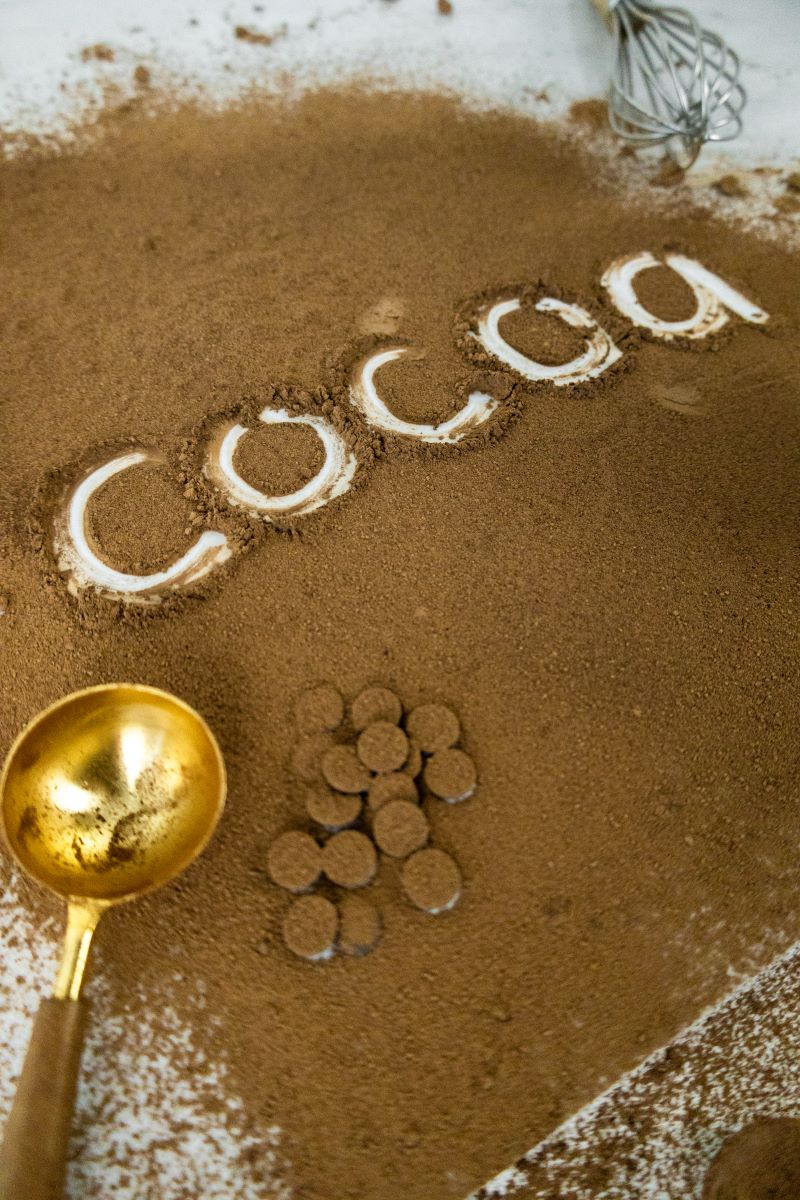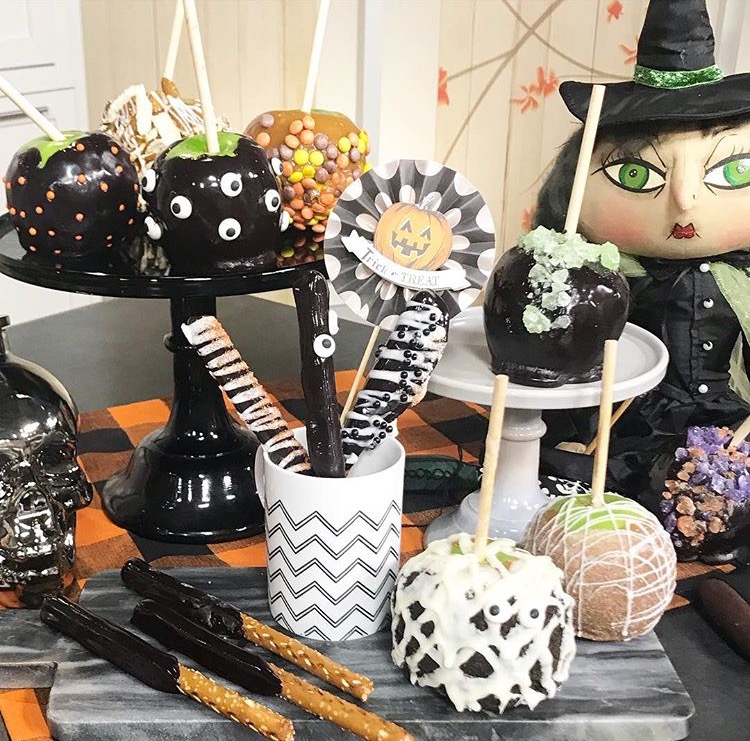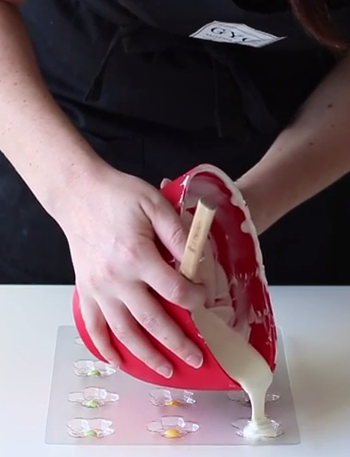With any recipe, it is always best to follow what is written—at least at first. But what if a recipe only calls for ‘cocoa powder’ and doesn’t specify the type? This happens all the time, especially with older recipes. Exactly what type of cocoa powder are you supposed to use? Natural and Dutch-process cocoa powders are not necessarily interchangeable (check out this article on Choosing the Best Cocoa Powder). And the type of cocoa powder you choose will impact the taste, color, leavening, and texture of the end product. This is why using the wrong cocoa powder could result in a flat cake, sunken cupcakes, or a more soapy flavor for brownies. We don’t want to mess this up! So how do you know what is the right type of cocoa powder? Here is what we know.
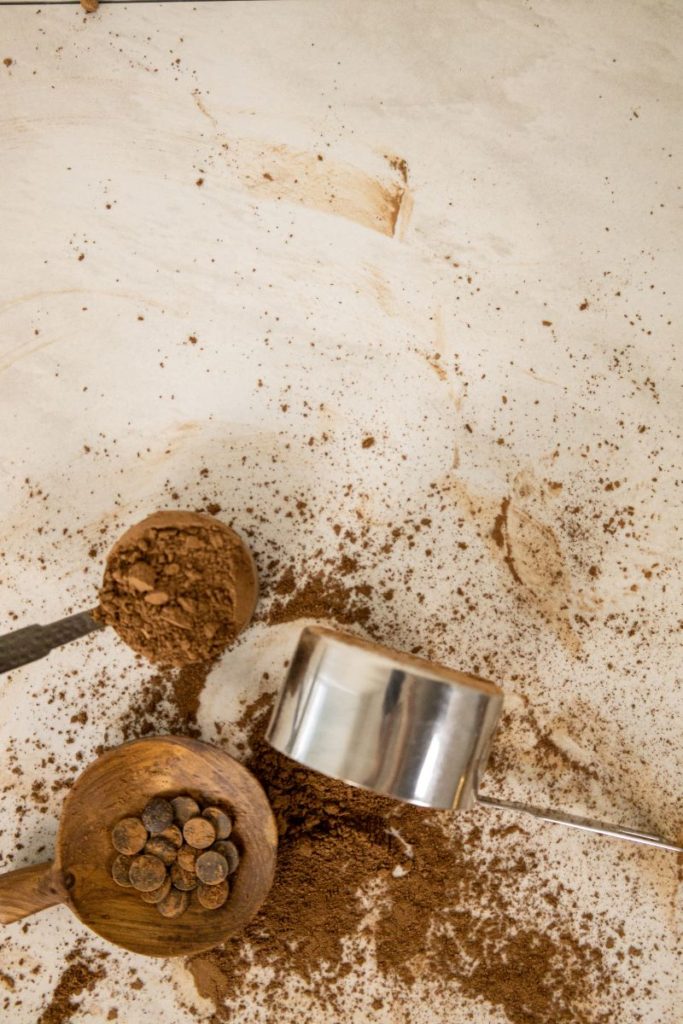
In our experience, most classic American recipes calling for “cocoa powder” actually mean natural cocoa powder, even though it might not be specified. But to be sure, just take a closer look at the ingredients. Does your recipe call for baking soda? Or does it call for more baking powder? The type of leavener will oftentimes determine the type of cocoa powder you should use.
Baking Soda Heavy Recipes
Recipes that are baking soda heavy rely on the acidity of the cocoa powder to activate the leavener. Here, you will most likely want to use a natural-process cocoa powder. The higher acidity in these cocoas will help activate the baking soda and reduce the soapy, baking soda flavor left over in the cake, muffin, or cookie.
Baking Powder Heavy Recipes
If a recipe calls for baking powder, the acidity from the cocoa powder is not as big a priority. Here, you should reach for Dutch-processed cocoa. Baking powder comes with the acid premixed, and it activates with liquid and heat. If you use natural-process cocoa, the excess acidity could cause the batter to rise rapidly and collapse. Dutch-process cocoa powder is more alkaline and has a more mellow chocolate flavor. It will not over-activate the leavener and the brownies and cakes will rise beautifully.
Recipes with Both Baking Soda and Baking Powder
This is where things can get tricky and might take some trial and error. If a recipe has both, see if there is more of one of those ingredients. More baking soda might mean you want to try a natural cocoa powder and more baking powder you should still grab the Dutch-process. That said, if the amounts are close or equal, we recommend you stick with the Dutch-process. But you will have to test it out to find what works the very best.
Recipes with No Leavener
What about chocolate recipes that do not call for a leavener? The good news here is you don’t have to worry as much about the acidity. You can use whichever cocoa powder you prefer. Do you like the stark, more metallic flavor of natural cocoa powder? Then go for it. Do you want something more mellow with a richer color? Then the Dutch-process cocoa powder is your want. Want a chocolate treat that is dark as night and doesn’t taste as chocolatey? Then the extra brute or black cocoa powders are the best option.
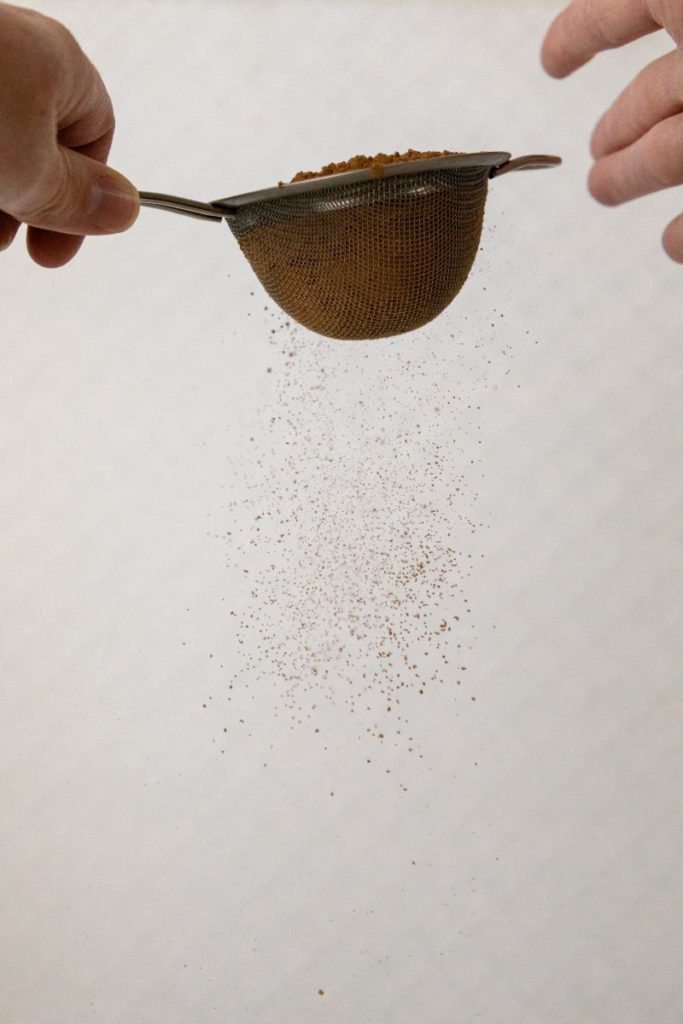
These are the rules of thumb, but might not work in every instance. Some recipes might take a little more trial and error before finding the right type of cocoa powder for the job. Luckily, we have a wide selection of cocoa powders at Gygi’s and we are sure you can find the right product for the right chocolatey goodness.

